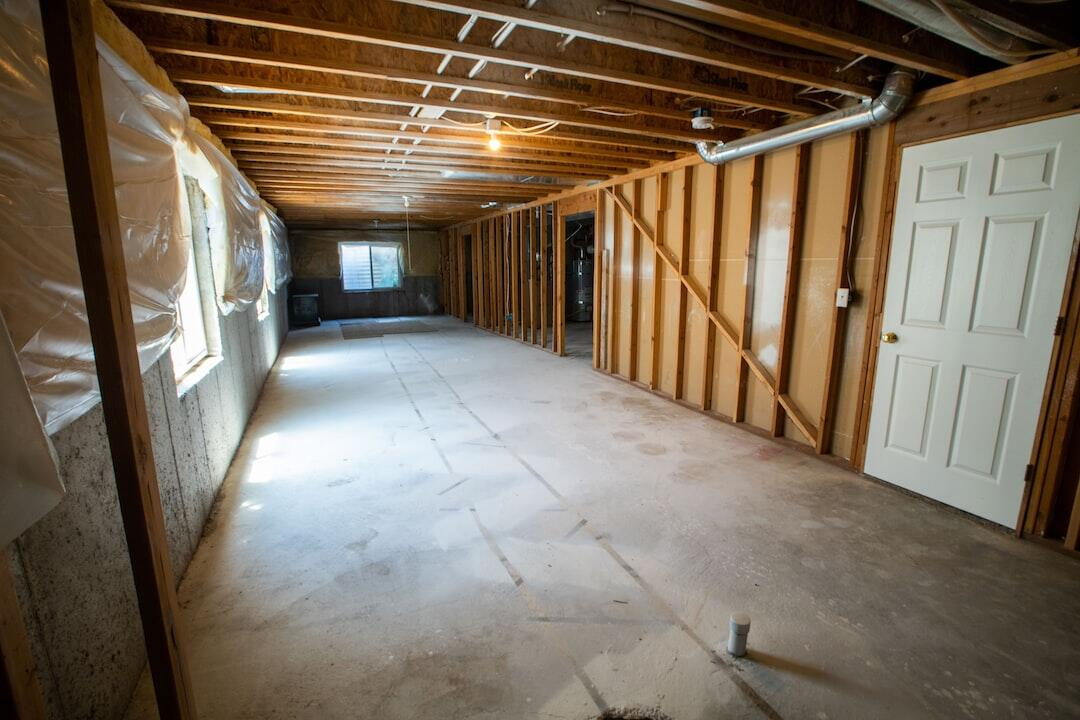Investing in interior basement waterproofing can be a smart choice. Many homeowners deal with damp or wet basements. If you don’t fix these problems, they can lead to bigger issues.
Water damage can ruin your belongings and create a perfect place for mold. Mold can cause health problems. Here’s what you should expect when you decide to waterproof your basement.
Understanding the Problem
First, you need to find out where the water is coming from. Is it from heavy rain? Is water seeping in through cracks in walls? Maybe there’s poor drainage around your home. Knowing the cause is important. It helps you choose the right one, of the options you might consider is a basement wall sealer.
Types of Waterproofing
There are different ways to waterproof your basement. Sealants are common. These are paints or coatings put on walls and floors. Another effective option to consider for protecting your basement against water intrusion is the use of a basement waterproofing membrane.
This barrier, usually made of rubber or polyethylene, is applied to basement walls and floors to prevent water ingress. Another solution is drainage systems, like French drains, which redirect water away from your basement. Sump pumps are crucial for pumping out any water that enters. A professional can help determine the best option for your home.
Hiring a Professional
To get the best results, consider hiring a professional. They have experience and tools to do the job right. Look for companies with good reviews and that offer a warranty. This warranty means they will help if something goes wrong later. It’s best to get multiple quotes to compare prices.
The Process
Now, let’s go over what happens during the waterproofing process. First, the professional will inspect your basement. They will check for cracks, drainage, and signs of water damage. Next, they will suggest the best solutions. Once you agree on the plan, the work starts.
Sometimes, this means digging near your home to install drainage systems. Other times, it means sealing walls with special materials. The process can be noisy and may create some dust. But it is crucial to protect your home.
After the Work is Done
After the job, your basement should feel drier. Keep an eye out for any water signs. If dampness returns, call the professionals. Also, monitor the drainage systems and sump pump. Regular checks will ensure they work properly.
Benefits of Waterproofing
Investing in interior basement waterproofing offers several benefits. It boosts your home’s value, as a dry basement appeals more to buyers. It also protects your belongings, allowing for worry-free storage. Additionally, it enhances your home’s air quality by reducing humidity, making it easier to breathe.
When exploring waterproofing options, it’s crucial to recognize that solutions vary, especially across different geographic regions. For instance, if you’re in an area prone to high humidity and heavy rainfall, like urban areas, basement waterproofing in Baltimore may require more robust solutions to tackle the specific challenges posed by the local climate.
What to Expect from Your Interior Basement Waterproofing Investment
In conclusion, investing in interior basement waterproofing is a wise decision. You need to understand the problem, choose the right solutions, and hire a professional. The work may seem daunting, but the benefits are worth it.
A dry, safe basement can make a big difference for your home and family. Don’t wait until water damage becomes a serious issue. Take action now to protect your investment.
For more on this content, visit the rest of our blog!

